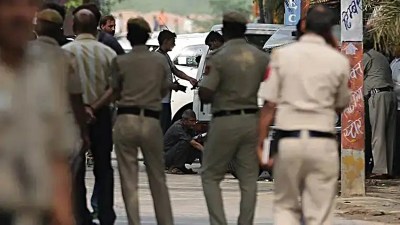Around five years ago, a Delhi government committee headed by then Health Minister Satyendar Jain had drafted a set of guidelines to bring small hospitals and nursing homes under the umbrella of fire safety regulations. Yet, as is evident from Sunday’s incident of fire at a Delhi neonatal care facility, the guidelines were never implemented, and remained on paper.
Six newborns, aged between one day and 25 days, died in the fire that broke out at Baby Care New Born Hospital in East Delhi’s Vivek Vihar.

In 2018, the Director General of Health Services (DGHS), under the Delhi government’s Health Department, had mandated that all hospitals that are over two storeys high — or over 9 metres in height — require a fire safety clearance as per the Delhi Fire Department’s existing norms. These norms required all commercial buildings, including hospitals, to have a 6-metre-wide access road for fire tenders, and 2.4-meter-wide corridors and 2-metre-wide staircases within the premises. They also mandated an underground 75,000-litre water storage tank in the building to deal with fire emergencies.
Story continues below this ad
However, the rules were too stringent for smaller hospitals and nursing homes that were over nine 9 metres high — and hence fell under the ambit of the DGHS norms — but many of which ran out of residential areas, where it would have been unfeasible to carry out the structural changes required to implement these norms.
Unable to comply with the norms, nearly 600 small hospitals and nursing homes in the city approached the state Health Department for a solution after the 2019 Arpit Hotel fire in Delhi’s Karol Bagh, where 17 people were killed.
A committee chaired by minister Jain then formulated a different set of norms that could be implemented by smaller hospitals and nursing homes operating in residential areas. The proposed norms required these hospitals to have sprinklers and automatic fire alarms, among other requirements, but did away with the condition of wide staircases and corridors.
 Inside the Baby Care New Born Hospital in East Delhi’s Vivek Vihar on Sunday. (Express photo by Abhinav Saha)
Inside the Baby Care New Born Hospital in East Delhi’s Vivek Vihar on Sunday. (Express photo by Abhinav Saha)
However, these norms never saw the light of the day.
Story continues below this ad
The Indian Express reached out to the Delhi government to ask why the fire safety norms for hospitals on mixed-use land (in residential areas) were not implemented, but got no response.
On Monday, Delhi Health Minister Saurabh Bharadwaj said the East Delhi hospital did not have a NOC from the Fire Department since the current norms stipulate that hospitals less than 9 metres high do not need such a clearance.
The East Delhi hospital only had two floors – ground plus first floor.
 Tags for infants at the hospital site. (Express photo by Abhinav Saha)
Tags for infants at the hospital site. (Express photo by Abhinav Saha)
“Given this incident, we have given instructions that all hospitals, whether single-storey or double-storey, must have all safety arrangements to deal with fire in their hospitals. It will be ensured that water sprinkler systems and automatic smoke detectors are installed in all hospitals…”
Story continues below this ad
A doctor who owns a nursing home in the city said on condition of anonymity, “There should be guidelines in place even for hospitals such as the one in East Delhi just so that they have a checklist they can adhere to even if they do not need an NOC. There could probably be mechanisms for third-party audit if there were such guidelines.”
Dr Girish Tyagi, president of the Delhi Medical Association, told The Indian Express, “The norms proposed (by the committee under Jain) were meant for hospitals on mixed-use land — essentially the ones operating in residential areas or semi-residential areas – that cannot modify their structures much. If these had been implemented, most of these small hospitals would have had to follow some safety guidelines that could have potentially reduced fire accidents.”
 Policemen at the children’s hospital where a fire broke out on Saturday night in New Delhi’s Vivek Vihar area. (Photo: PTI)
Policemen at the children’s hospital where a fire broke out on Saturday night in New Delhi’s Vivek Vihar area. (Photo: PTI)
Another doctor who, too, owns a nursing home in the city said on condition of anonymity, “To comply with the existing norms — and to get registration with DGHS — many hospitals have resorted to operating only out of their ground and first floors. A Delhi Medical Association estimate suggests that there was a loss of 20,000 beds across the city due to this. Only big corporate hospitals can follow these stringent (DGHS) norms. Hence there is a need for new norms for smaller hospitals that have been operating for years.”
The matter of fire safety in hospitals had come under the scanner in 2020, when the Supreme Court directed all states to conduct a fire safety audit in the backdrop of a fire that broke out in a Rajkot hospital. After this, several Delhi hospitals were directed by the DGHS to shut down operations on their second and third floors as they did not have the required fire safety clearances. While the hospitals weren’t immediately shut down, owing to the requirement for beds during the pandemic, the renewals for these hospitals were subsequently put on hold.
Story continues below this ad
The Nursing Home Forum, under the Delhi Medical Association, had approached the Delhi High Court over the DGHS notices that were issued during the pandemic. In their plea, they argued that many of the buildings that housed the nursing homes were constructed before the stringent fire safety norms were issued and that they should be given some respite. The case is being heard in the High Court.
“We want to follow all the norms. However, we have urged the court to give respite to hospitals that are unable to make structural changes to comply with some of the conditions,” said Dr. Rakesh Gupta, former DMA president.
A source said the smaller hospitals have urged the court that the requirement for fire clearance be eased to allow buildings up to the height of 9.5 metres (or ground plus two floors) to operate without the need of fire clearance, instead of the current ground plus first floor.

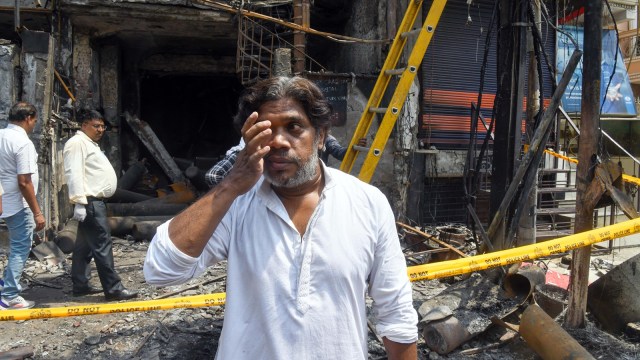

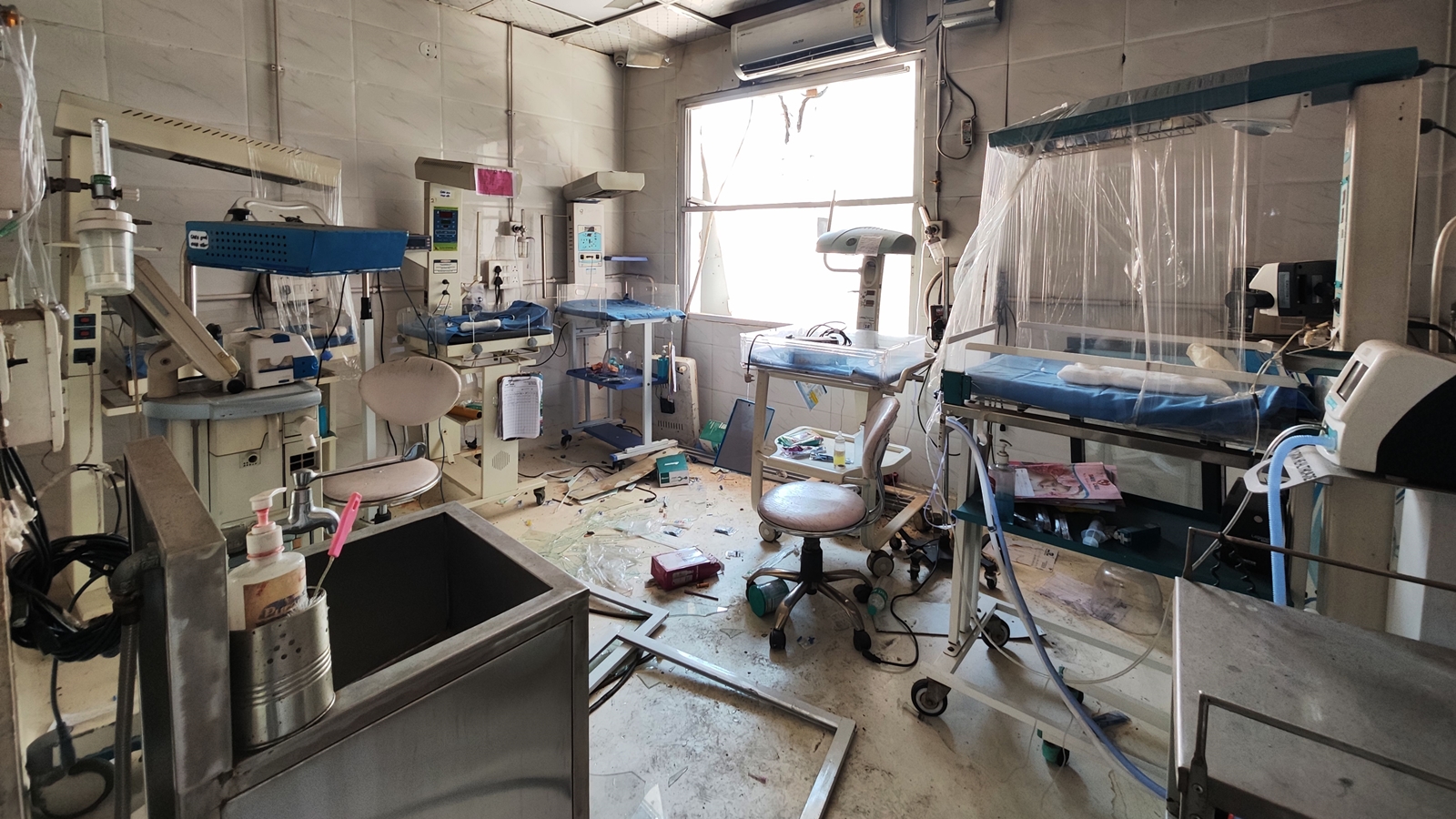 Inside the Baby Care New Born Hospital in East Delhi’s Vivek Vihar on Sunday. (Express photo by Abhinav Saha)
Inside the Baby Care New Born Hospital in East Delhi’s Vivek Vihar on Sunday. (Express photo by Abhinav Saha)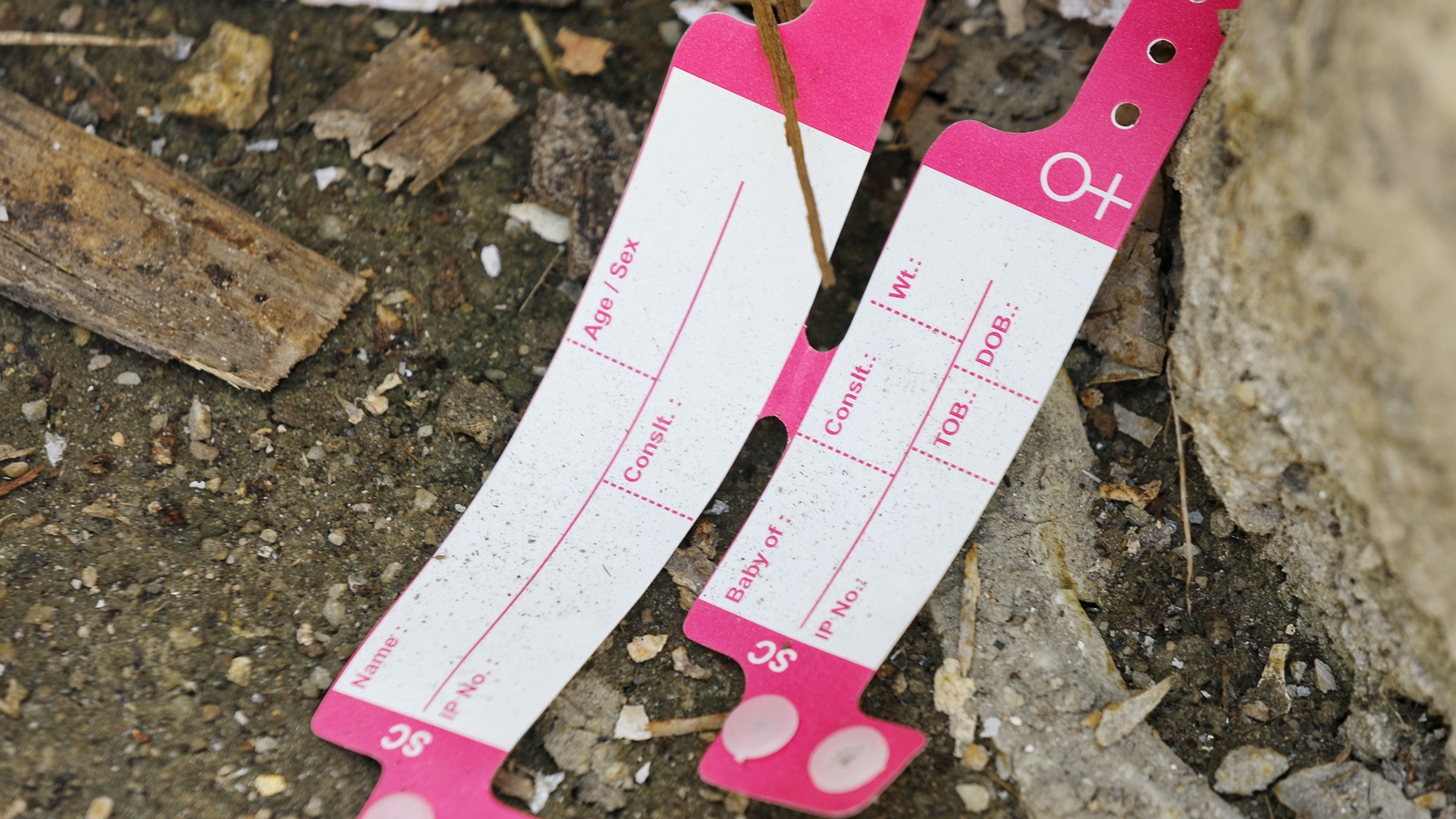 Tags for infants at the hospital site. (Express photo by Abhinav Saha)
Tags for infants at the hospital site. (Express photo by Abhinav Saha)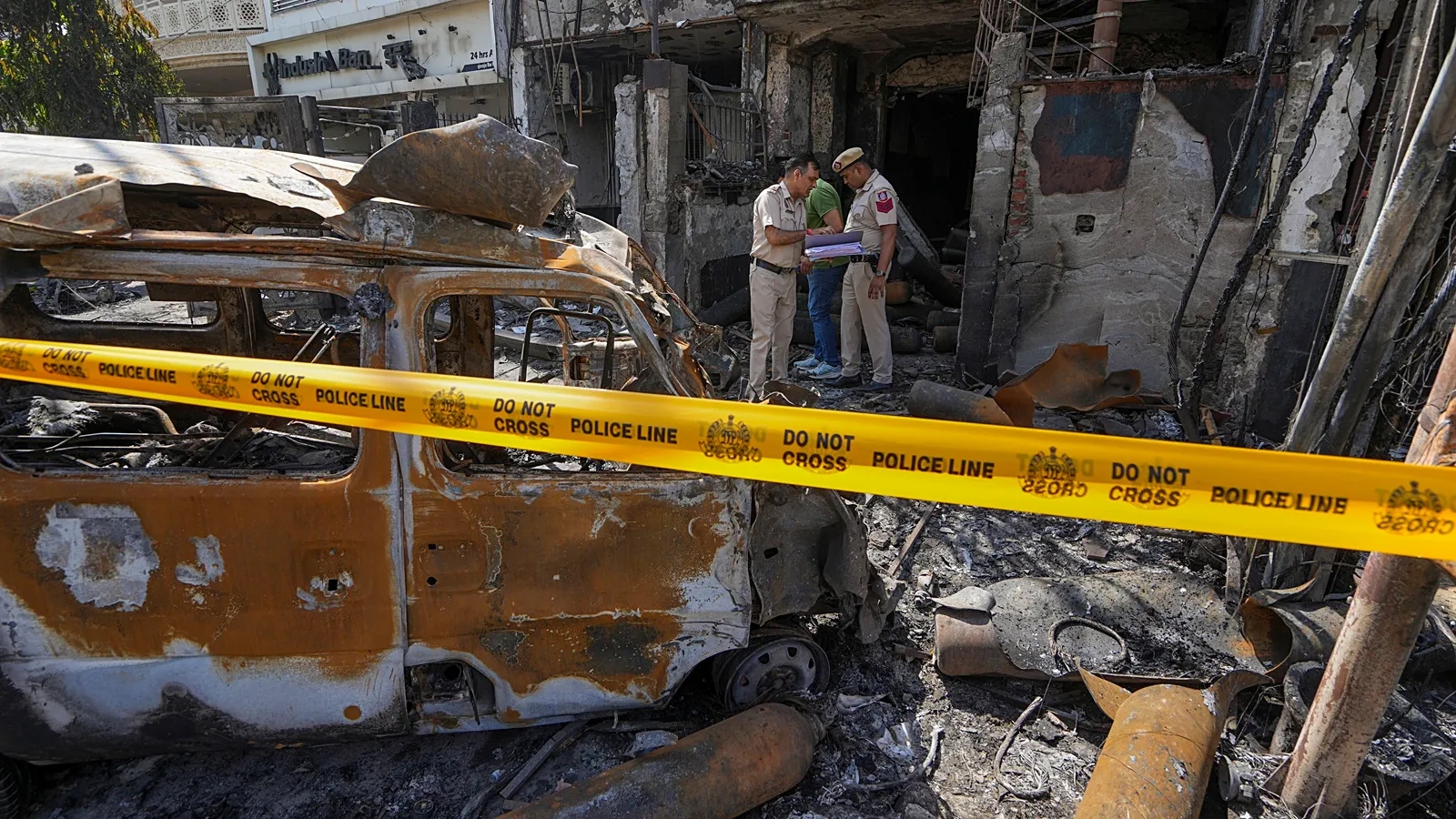 Policemen at the children’s hospital where a fire broke out on Saturday night in New Delhi’s Vivek Vihar area. (Photo: PTI)
Policemen at the children’s hospital where a fire broke out on Saturday night in New Delhi’s Vivek Vihar area. (Photo: PTI)





